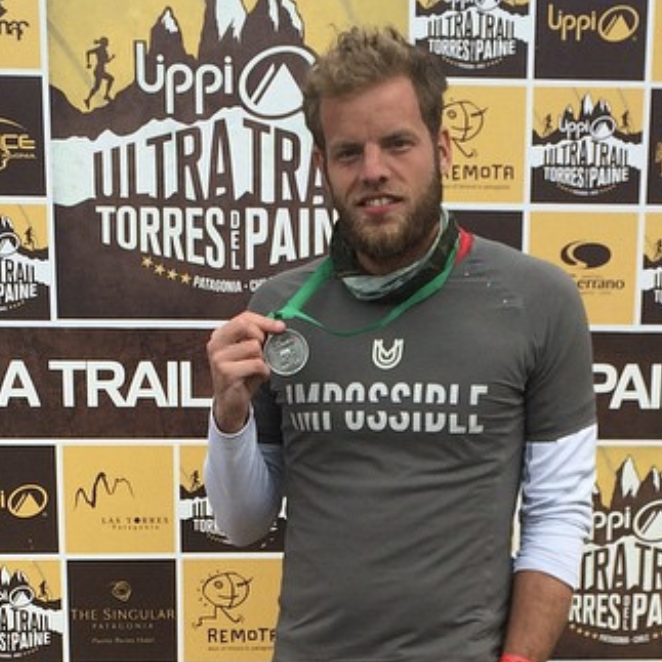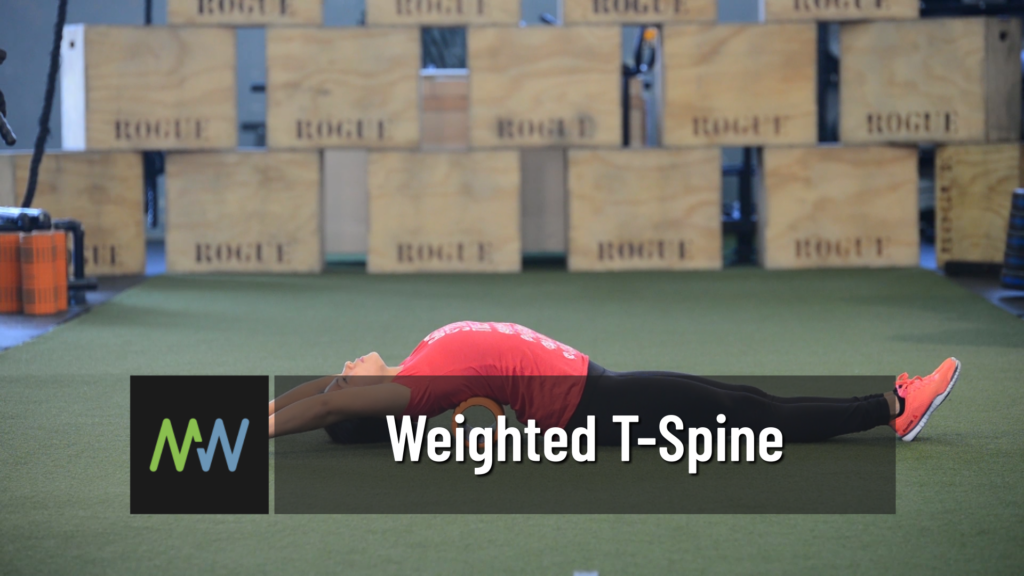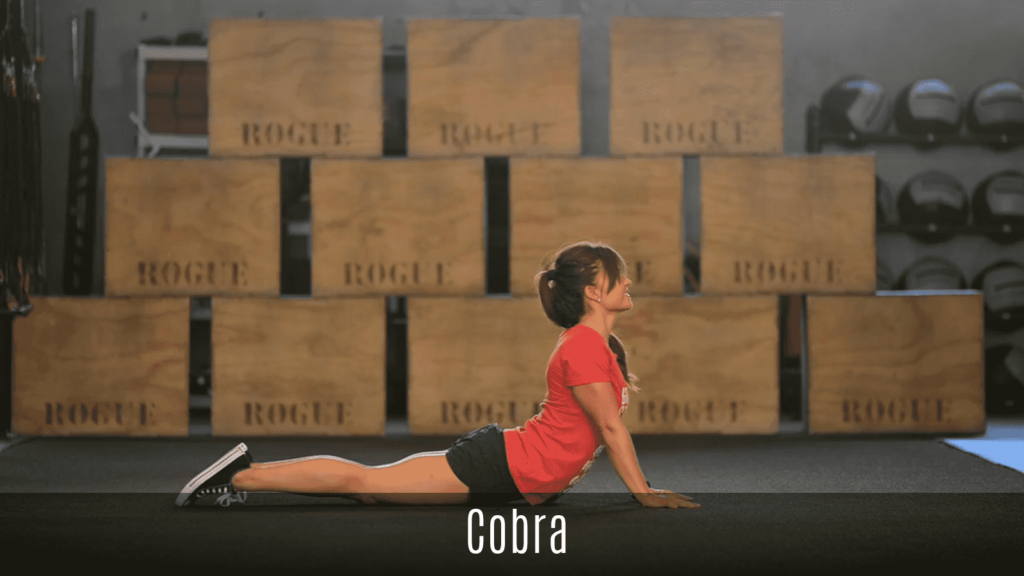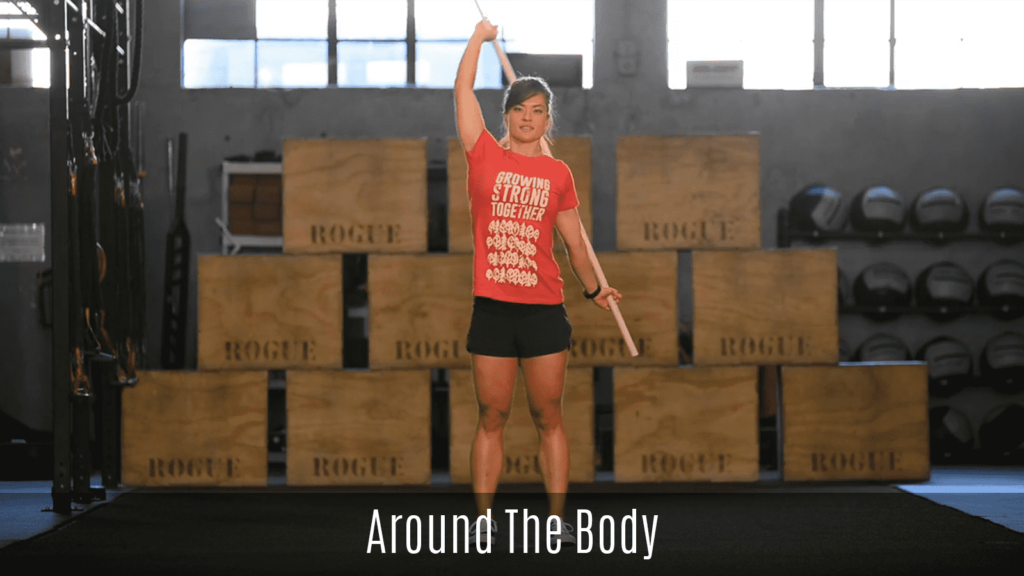Some movements in our database are stretches or poses that you hold for an extended period of time similar to a yoga class or warm up routine in a group fitness class. Others are more mobility focused or utilize a piece of equipment to achieve the desired stimulus. This is often referred to as self-myofascial release and can help relieve tension and increase flexibility. The foot trigger point is considered one of these movements.
For this particular movement, you will need a lacrosse ball (or ball of similar size and firmness). Check out our equipment guide to see brands that we recommend. This is such a simple, yet incredibly versatile, piece of equipment that we highly suggest you keep handy around the house or in your gym bag. Not only can you use it for the foot trigger point, but on other parts of your body as well. We love a mobility ball for working out knots in your trapezius muscles, lats, glutes, or hips. But, because it is such targeted pressure, it can be quite intense, so go slow!
If the bottoms of your feet ever feel tight or sore, the foot trigger point move might be beneficial for you. The bottoms of your feet don’t always get the attention they deserve, but there are muscles in your feet that should be tended to. This is essentially a much cheaper way to give yourself a foot massage.
So, if you are ready to experience the foot trigger point for yourself, keep reading. This article will cover how to do this movement from the comfort of your own home, the benefits, and ways to modify it.
What is the Foot Trigger Point Movement?
The foot trigger point uses a ball on the sole of the foot to increase blood flow and loosen up the muscles located within the foot. Again, this is a technique called self-myofascial release and can be extremely effective in relaxing the muscles and increasing flexibility. All you need for this particular move is a lacrosse ball.
To begin, start with the ball underneath the arch of the foot. Maintaining your weight on the ball, slowly roll the foot downwards so that the ball works the medial and mid portion of the foot. Then, continue on tracing its way to the big and index toe.
If you roll across spots that are particularly tight, hang out in that spot applying consistent pressure. Breathe deeply while you do this as it may be quite an intense feeling. Continue in this way for as long as you see fit. You should feel the bottoms of your feet loosening up as you go.
Once you have completed this on one side, take the ball to the opposite foot. Complete here in a similar fashion as before. Find the tight spots, and don’t be surprised if they are in different areas than your previous foot.
Benefits of the Foot Trigger Point Movement
Most of the movement we do throughout the day originates in the feet. It is no surprise, then, that your feet can get tight if you don’t properly care for them. In fact, in Traditional Chinese Medicine, Reflexology is the practice of applying pressure to specific trigger points on the foot to heal certain ailments. While the research on that is unclear, there are sources that show that applied pressure to the foot can promote relaxation and decrease tension.
The application of pressure from the ball can help increase circulation to these muscles which should help them feel better throughout the day. Tight foot muscles can also cause issues with other joints up your leg such as the ankle and knee. As you work out the knots in your foot muscle, you may also feel some tension relief in either of these joints.
Lastly, this is such a simple mobility exercise to do on a daily basis. You can do it in the middle of your work day, after a hard workout, or even when you are watching television at home. It is a movement that requires very little effort, but a potentially big reward!
Foot Trigger Point Modifications
As it is written, this pose can be done standing. If you do complete it while standing, we recommend standing next to a wall or some other object you can hold onto for balance. The intensity of the foot trigger point can be totally modulated depending upon how much of your bodyweight you place onto the ball. If your foot feels especially sensitive, we recommend keeping most of your weight in the opposite foot until you can build up the tolerance.
You can also do this while sitting in a chair. This is another way to better modulate the amount of pressure placed on the ball. To increase the pressure while sitting in a chair, just lean your body forward a bit.
Start with the ball underneath the arch of the foot. Maintaining weight on the ball, slowly roll the foot downwards so the ball works the medial and mid portion of the foot, tracing its way to the big and index toe.



